A game usability review of Paperama
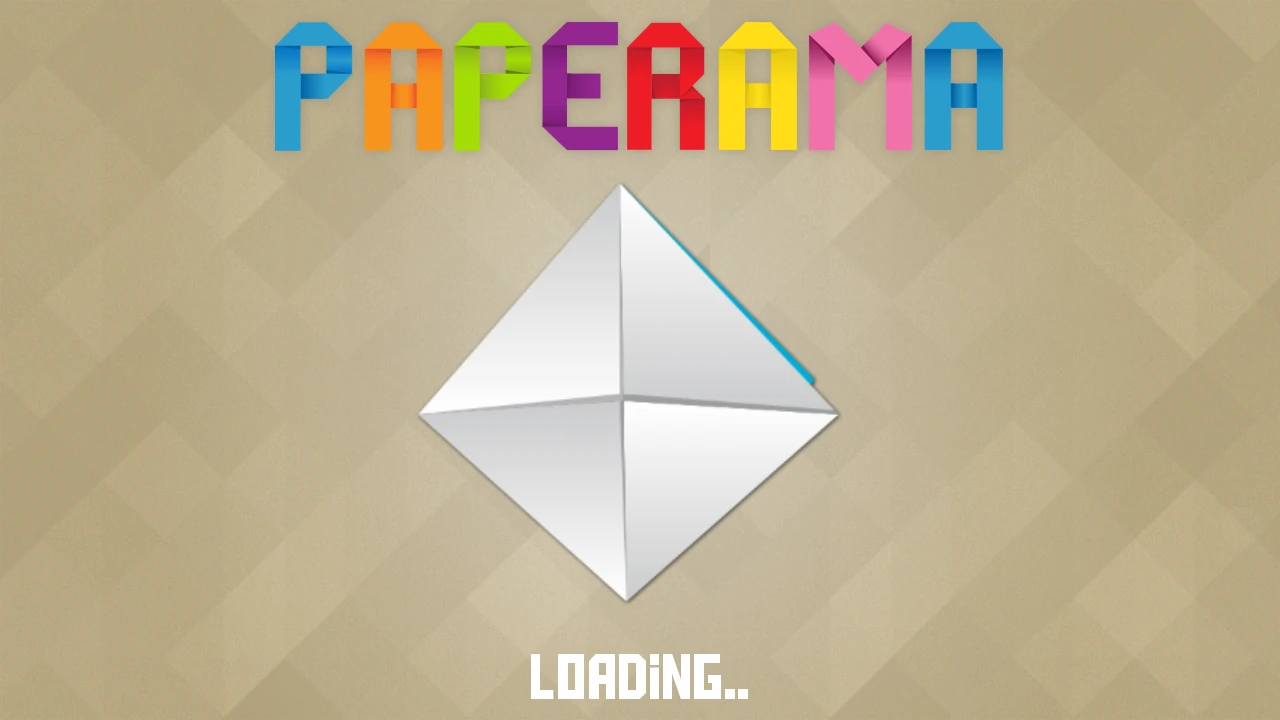
Paperama is a relaxing puzzle game in which the player has to fold a sheet of paper to shape it into a target pattern. To fold the paper, the player simply has to drag his finger precisely over the screen into the desired direction.
Tested on Android / Samsung Galaxy S3
At the start of the game, the player is directly presented an add, prompting him to leave the game. This does not contribute to give a positive first impression, even if the add can be closed quickly, and the game starts immediately afterwards.
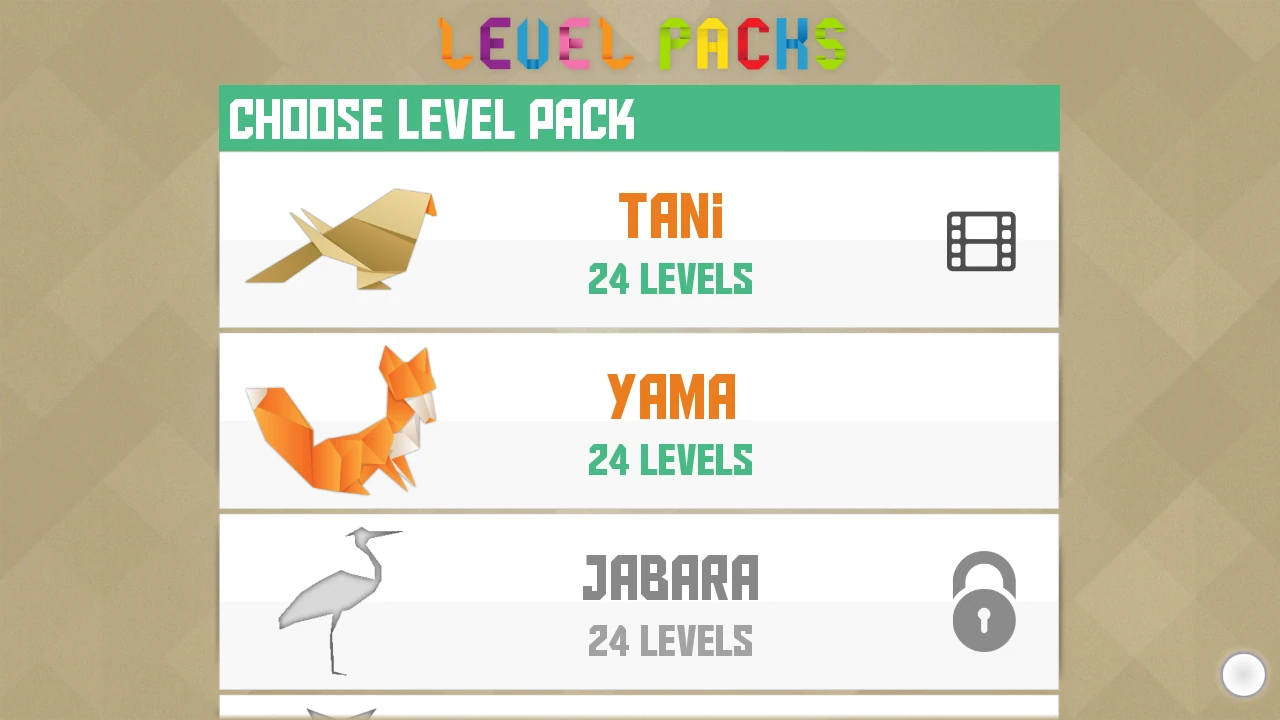
From the start, the game’s structure into levels that should be cleared progressively is explicit. the player will not wonder what to do and how the game will work.
The first level is directly the game, and a tutorial at the same time, thanks to a small indication on the screen telling the player how to proceed. This tutorial is clear and non intrusive. It works well, and additionally, it only shows the first time, which means a player who wants to repeat earlier levels will not be bothered by it either.
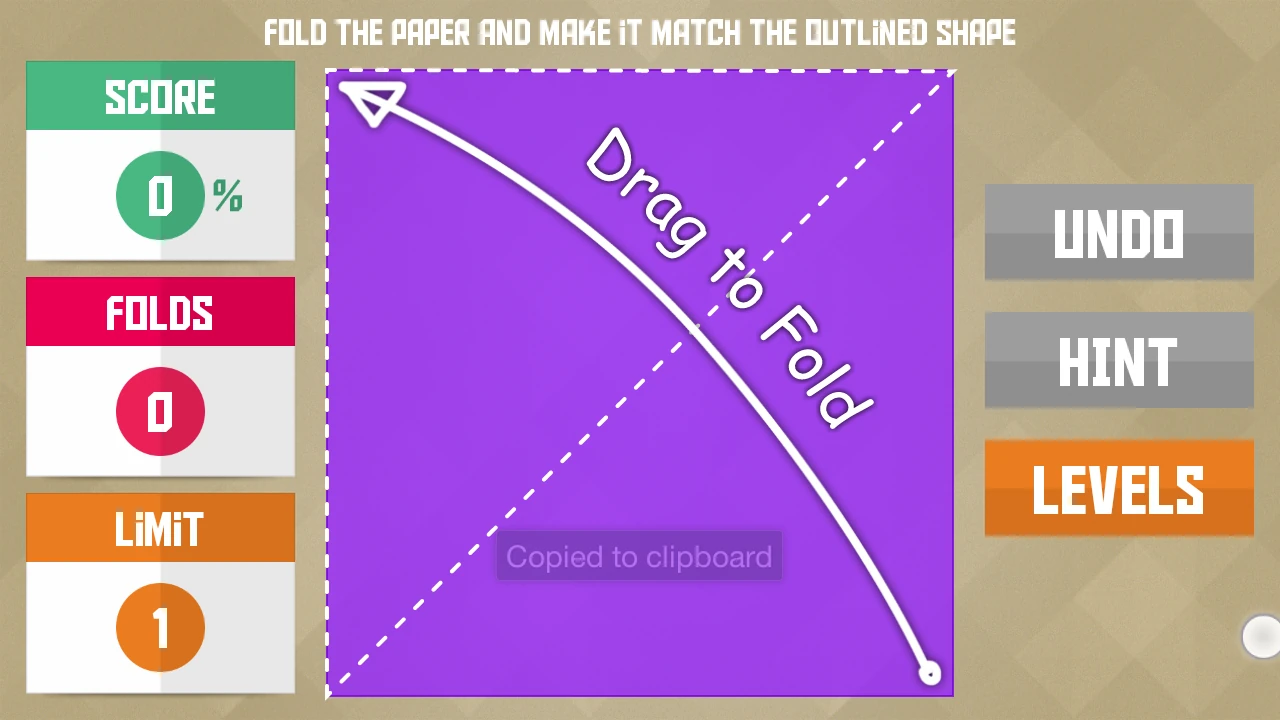
When selecting a set of levels, the player will need to scroll down by himself to move down to later levels, where he might need to pick up his progression. The scrolling works well from the middle of the list, but this forces the player to tap on top of list items, and obstruct the view.
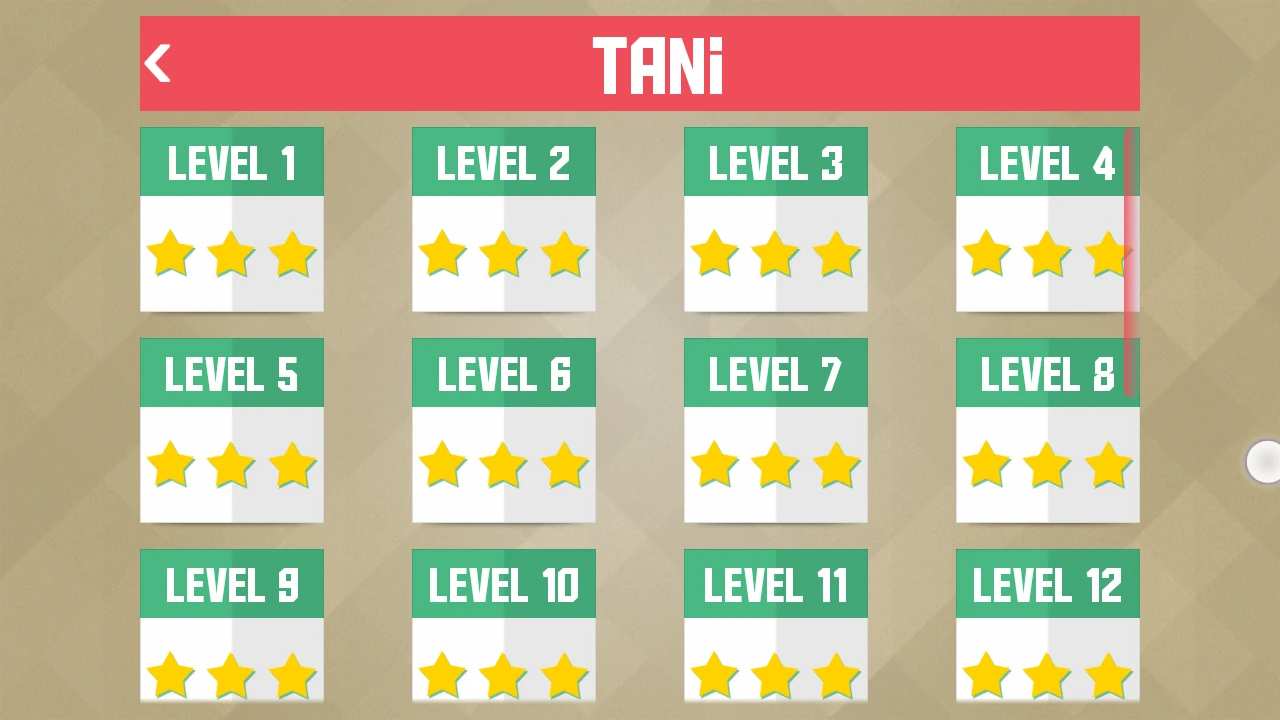
When trying to scroll from the side of the list, the interaction won’t work. Users are likely to do this because they will have a better visibility on the list items, and might think there is nothing to scroll to and that the display just doesn’t adjust properly to the screen, if they have never browsed it with success before.
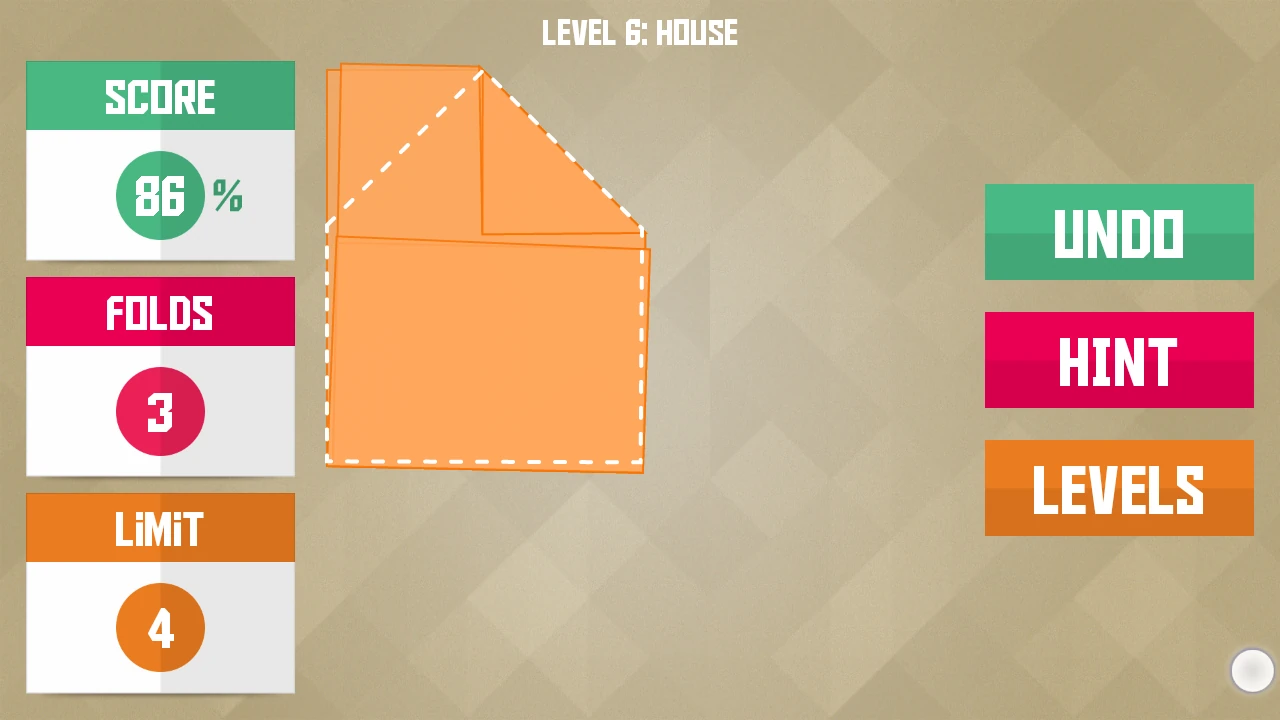
In game however, the interactions are very precise. It is possible to be very accurate in folding the paper, and requires the player to remain calm and move slowly, which is a good combination for this type of game and target audience. Also the interactions can be performed in a way that the player doesn’t have to hide most of the screen with his hand so that the interaction is efficient.
Articles on similar topics
The Mass Effect series
Game Usability reviews, Game user experience analysis,
A game usability review of Triple town
Game Usability reviews, Mobile game user experience,
A game usability review of Amazing Brick
Game Usability reviews, Mobile usability, Mobile game user experience, Game user experience analysis, Initial experience, Out of box experience,
A game usability review of Auralux
Game Usability reviews, Mobile usability, Game user experience analysis, Initial experience, Out of box experience,
A game usability review of Ollie Pop Retro Skateboarding
Game Usability reviews, Game user experience analysis, Mobile usability, Mobile game user experience, Initial experience, Out of box experience,
A game usability review of Time of Exploration
Game Usability reviews, Game user experience analysis, Mobile usability, Mobile game user experience, Initial experience, Out of box experience,